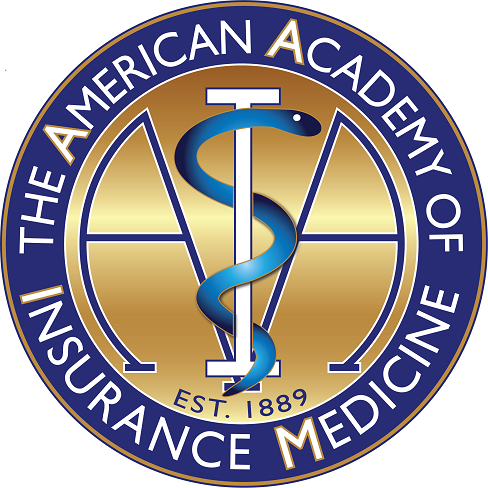The Chest X- Ray: The Ship has Sailed, But Has It?
In the past, the chest X-ray (CXR) was a traditional age and amount requirement used to assess potential mortality risk in life insurance applicants. It fell out of favor due to inconvenience to the applicant, cost, and lack of protective value. With the advent of deep learning techniques, can the results of the CXR, as a requirement, now add additional value to underwriting risk analysis?
In the past, chest X-ray (CXR) was an age and amount requirement for life insurance for older age applicants applying for large face values. Occasionally, a CXR was ordered by the home office based on adverse medical information in the attending physician’s statement. This requirement was costly and time consuming, necessitating the paramedical company to have the applicant go to a radiology facility. The film was then forwarded to the home office for interpretation either by the medical director, who often had little training to do so, or for a fee-for-service radiologist, which would further increase acquisition cost to the company. Typically, the lung fields were examined, and the heart size was determined to be enlarged if it was greater than 50% of the transverse chest diameter.
The films were occasionally of poor quality, either over or underexposed, which diminished their diagnostic value. As an aside, I once was forwarded a CXR of a dog; the test was done in a veterinary office!.
An article by M. Irene Ferrier, a consultant for the Metropolitan Life Insurance Company, in the Journal of Insurance Medicine1 addressed the question of whether the CXR had protective value with a study published in 1983. The title of the article is misleading. Only 4209 of the original 6000 CXRs ordered in 1975–76 were available for study and of the 660 abnormal CXRs, only 463 formed the database for the study. Eighty-eight percent were male. There were 470 abnormalities: 67% with pulmonary and 33% with vascular abnormalities. Seven CXRs had a double abnormal finding.
The most common pulmonary abnormality, 36.7%, was bilateral enlargement of hilar nodes with 83% calcified, presumably due to tuberculosis (TB). The second most common was parenchymal calcification, 11.8%, again presumably due to TB. Combining the two, 72% of lung abnormalities were presumably old TB-related. A vastly different era compared to the first quarter of the 21st century. Eight percent had diffuse pulmonary fibrosis and only 3.7% had evidence of COPD. Nearly 17% of cardiovascular abnormalities were cardiac enlargement. Almost as common was calcification of the aortic knob, which today is rarely relevant except noted in a younger applicant.
In summary, 11% of CXR were abnormal with the vast majority not relevant to an adverse underwriting action. This study was the beginning of the end of the CXR as an age and amount requirement.
Fifty years later, the value of the CXR was investigated to estimate cardiovascular risk factors. A recent article in the Annals of Internal Medicine2 entitled, “Deep Learning to Estimate Cardiovascular Risk from Chest Radiographs,” analyzes the added value of the CXR over standard ASCVD (Atherosclerotic Cardiovascular Disease) risk factors. How does this study apply to today’s risk analysis/underwriting environment?
The objective of the study was to develop and test a deep-learning model that estimates the 10-year risk for major adverse cardiovascular events (MACE) from a routine CXR and compare its performance to the traditional ASCVD risk scores promulgated by the American College of Cardiology and the American Heart Association for implications of statin eligibility. We need not be concerned with stain eligibility but with MACE.
The result of the study revealed, on the basis of a single CXR, the CVD-Risk predicted 10-year MACE was greater than the clinical standards and may help identify individuals at high risk whose ASCVD risk score cannot be calculated because of missing data, a common problem in life insurance applicants. The mean estimates for the 10-year MACE risk were 8.6% for the CXR CVD-Risk and 7.2% for the traditional ASCVD risk scores. This 1.4% improvement in risk score, in my opinion, does not justify obtaining a CXR as an age and amount insurance requirement.
Despite using modern analytical techniques for evaluation, the analysis of a CXR as an insurance risk factor has no apparent cost-effective, protective value. The ship has sailed!
Contributor Notes
